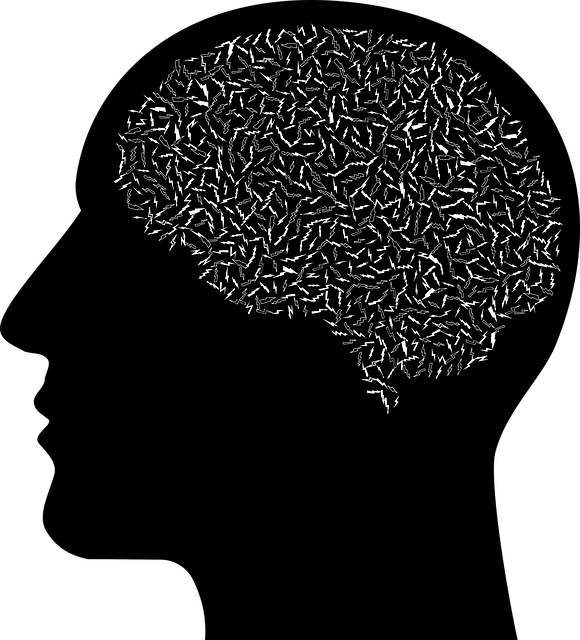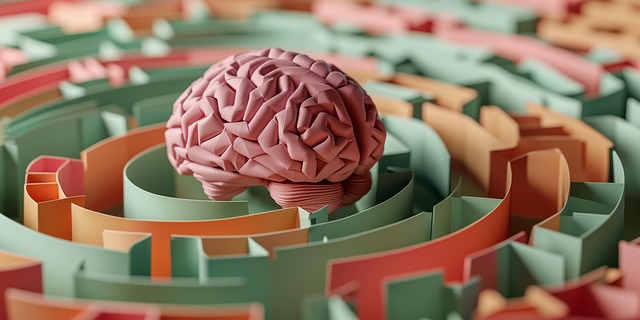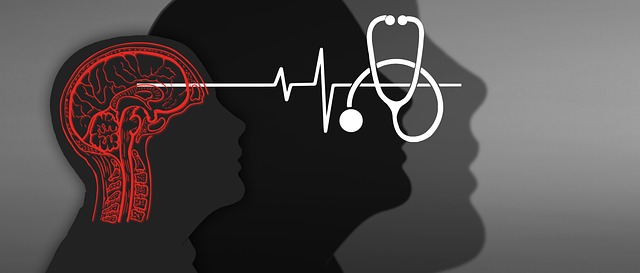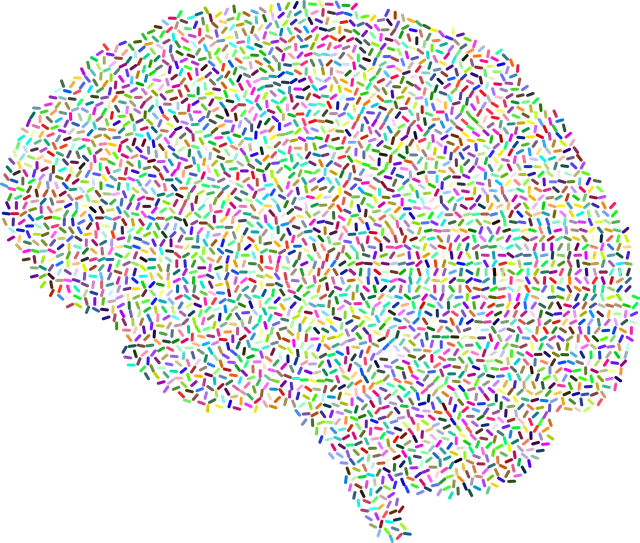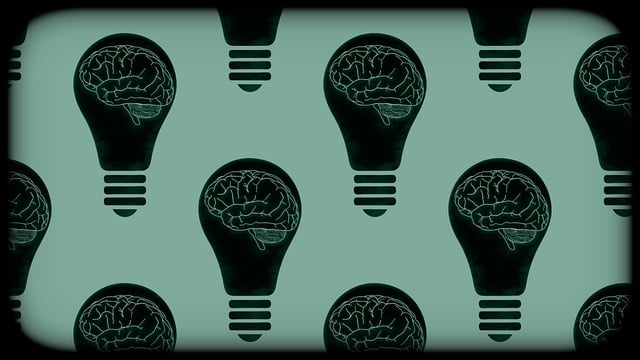Adolescent mental health demands specialized approaches due to the unique challenges of this developmental stage. Eye Movement Desensitization and Reprocessing (EMDR), an innovative therapy, combines exposure with bilateral stimulation to help teens process traumatic memories and reduce associated emotions. An impactful education program for teenagers should integrate EMDR and create safe spaces for emotional expression through interactive activities and group discussions. Key strategies include risk management planning, professional development, peer mentoring, access to mental health professionals, stress management, and positive thinking exercises, fostering a supportive environment that empowers teens to take charge of their mental wellness.
Mental health issues among adolescents are on the rise, underscoring the urgent need for comprehensive education programs. This article delves into effective strategies for designing mental health educational initiatives tailored to teenager’s unique needs. We explore EMDR therapy—a game-changer in treating trauma—as a core component. By understanding adolescent mental health dynamics, we guide readers through creating engaging, evidence-based programs. From implementation tips to support strategies, this resource ensures optimal results, empowering teens with tools for emotional well-being and fostering resilient minds.
- Understanding Adolescent Mental Health Needs and EMDR Therapy
- Designing an Effective Education Program for Teenagers
- Implementation and Support Strategies for Optimal Results
Understanding Adolescent Mental Health Needs and EMDR Therapy

Adolescent mental health is a specialized field within the broader realm of psychology, requiring tailored approaches to address the unique challenges faced by teens. This developmental period is characterized by significant cognitive, emotional, and social changes, making it crucial to implement targeted interventions early on. One such innovative therapy gaining prominence in adolescent treatment is Eye Movement Desensitization and Reprocessing (EMDR). EMDR combines exposure therapy with side-to-side eye movements or other bilateral stimulation techniques, helping teens process traumatic memories and reduce the intensity of associated emotions.
By facilitating emotional regulation and resilience building, EMDR therapy empowers adolescent teens to manage their mental health effectively. This approach not only aids in the healing process but also equips young individuals with valuable emotional well-being promotion techniques that they can utilize throughout their lives. Understanding these specialized needs and implementing evidence-based practices like EMDR are pivotal steps towards fostering healthy minds among adolescents.
Designing an Effective Education Program for Teenagers

Designing an effective education program for teenagers is a nuanced task that requires integrating various therapeutic approaches, such as EMDR (Eye Movement Desensitization and Reprocessing), to address the unique challenges faced by this age group. Mental Health Education Programs Design should aim to foster a safe and supportive environment where teens can openly discuss their emotions and experiences, promoting self-awareness and positive thinking. Incorporating interactive activities, group discussions, and evidence-based techniques like EMDR therapy for adolescent teens is essential in fostering resilience and coping mechanisms.
Risk Management Planning for Mental Health Professionals is also critical to ensure the well-being of both practitioners and students. By combining theoretical knowledge with practical skills, these programs can empower teenagers with the tools they need to navigate stress, anxiety, and other mental health issues. The goal is to enable young individuals to thrive, cultivating a sense of emotional intelligence that will serve them throughout their lives, regardless of whether they pursue further therapy or develop positive thinking habits independently.
Implementation and Support Strategies for Optimal Results

Implementing a mental health education program requires strategic planning and support mechanisms for optimal results. One effective approach is to integrate evidence-based therapies like Eye Movement Desensitization and Reprocessing (EMDR) tailored specifically for adolescent teens. EMDR has proven successful in treating trauma, a common concern among this age group, fostering resilience, and enhancing coping strategies.
Support strategies should include ongoing professional development for educators, peer mentoring programs to encourage open discussions, and access to mental health professionals. Incorporating stress management techniques and positive thinking exercises can also significantly contribute to the program’s success. These strategies collectively create a supportive environment, empowering teens to actively engage in their mental wellness journey while fostering a sense of community and understanding among peers.
Mental health education programs play a pivotal role in empowering teenagers with tools to navigate their emotional well-being. By integrating evidence-based therapies like EMDR (Eye Movement Desensitization and Reprocessing), we can create comprehensive curricula that address the unique mental health needs of adolescents. Through strategic design, implementation, and support, these programs have the potential to revolutionize teen mental health outcomes, offering a brighter and more resilient future for our young people. EMDR therapy specifically provides an effective approach to processing traumatic memories and emotions, fostering healthy coping mechanisms in teenagers.
